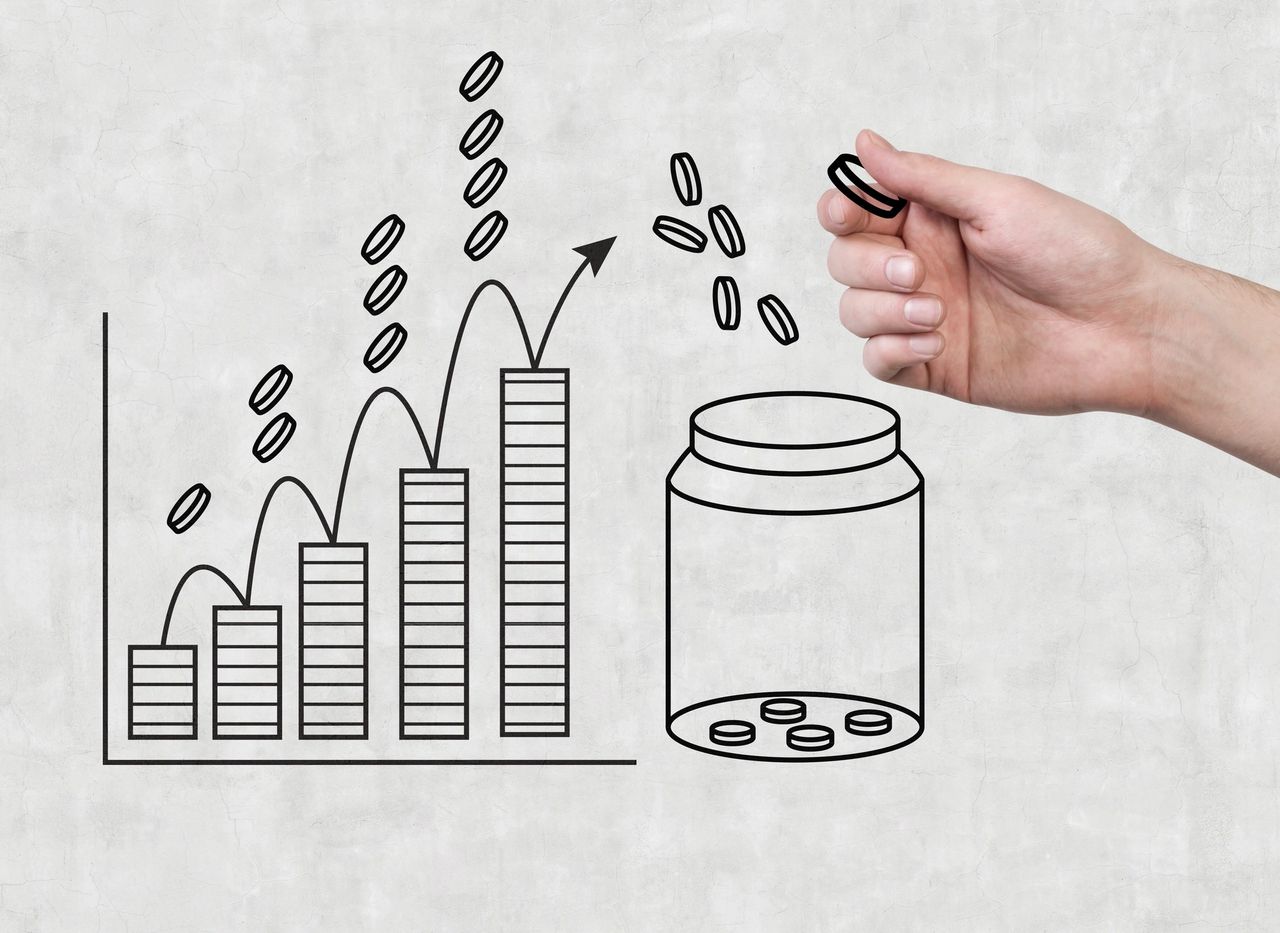The reduction in TDS/TCS is expected to boost cash flows by ~50,000 crore, the finance minister said on Wednesday while announcing the move as part of an economic package.
The government’s move to reduce the rates of tax deduction at source (TDS) and tax collection at source (TCS) by 25% will benefit investors and professionals by putting more cash in their hands. While this doesn’t bring down the tax liability of taxpayers, it leaves more money with them during the course of the financial year. Individuals will still have to pay their tax liability -- every quarter, or annually.
The reduction in TDS/TCS is expected to boost cash flows by ~50,000 crore, the finance minister said on 13th May, 2020 while announcing the move as part of an economic package aimed at reviving an economy roiled by the Covid-19 pandemic and the lockdown enforced to combat it.
Usually, the payee deducts TDS or TCS on behalf of the receiver and deposits it with the government. TDS and TCS are methods that help the government to bring more people into the tax net and prevent tax avoidance.
For instance, in the case of an individual who has a fixed deposit with a bank, the bank deducts 10% TDS every year on the income that the depositor earns by way of interest. If the depositor earns 15,000 by way of interest every year, the bank will deduct 1,500, and deposit it with the government. Now, banks will deduct 1,125. “This way, the lower TDS and TCS deduction will leave more money in the hands of the individuals.”
The lower rates of TDS and TCS will also help those who usually get tax refunds, because if the TDS or TCS deducted is higher than the tax liability of the assessee, they will have to wait until their tax returns are filed and processed. However, taxpayers will need to ensure they pay their tax liability, if any, on time.
Depositors are just one example. The biggest beneficiary of this provision are professionals such as chartered accountants, architects, doctors, lawyers, engineers and freelancers, who have their own practice or consultancy. When they receive payment for their service, the payee deducts 10% from the remuneration. Now, the payees will deduct 7.5%. Similarly, tenants who pay a monthly rent of over 50,000 need to deduct TDS from the payment. There’s 10% TDS on dividends or when a salaried person makes a withdrawal from employees’ provident fund (EPF) without completing five years of continuous service.
The government also extended the last date for individual tax payers to file income tax returns (ITRs) for assessment year 2020-21, which will now need to be done by November 30th instead of the usual July 31st deadline, finance minister Nirmala Sitharaman said. Besides, the due date for filing ITR for accounts required to be audited has been extended to October 31st instead of the usual September 30th.
“Due dates for annual filings and compliances have been extended to account for loss of working days due to (the) lockdown.”
Assessees who must get their accounts audited by CAs are governed under Section 44AB of the Income tax Act, 1961. Taxpayers with sales or turnover exceeding 1 crore (2 crore under Section 44AD) or receipts from a profession exceed 50 lakh during a financial year are required to file the ITR along with an audit report. Besides, assessees covered u/s 44AD, 44AE, 44AF, 44BB or 44BBB (persons claiming that profits and gains from business are lower than the profits and gains computed under these sections) are also required to get their books audited.
Know about us - https://thetaxsupport.com
You can find more articles on at https://thetaxsupport.com/blog
You can find tutorial videos on at https://www.youtube.com/c/vipinsanger

Comments